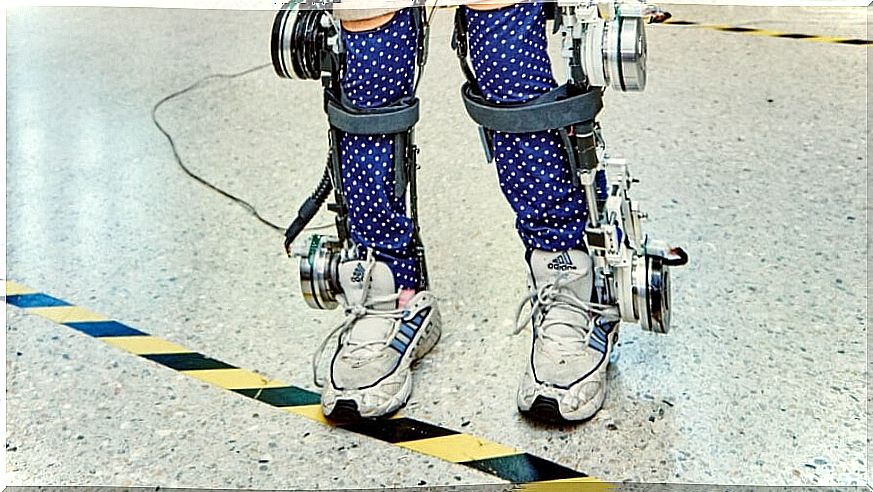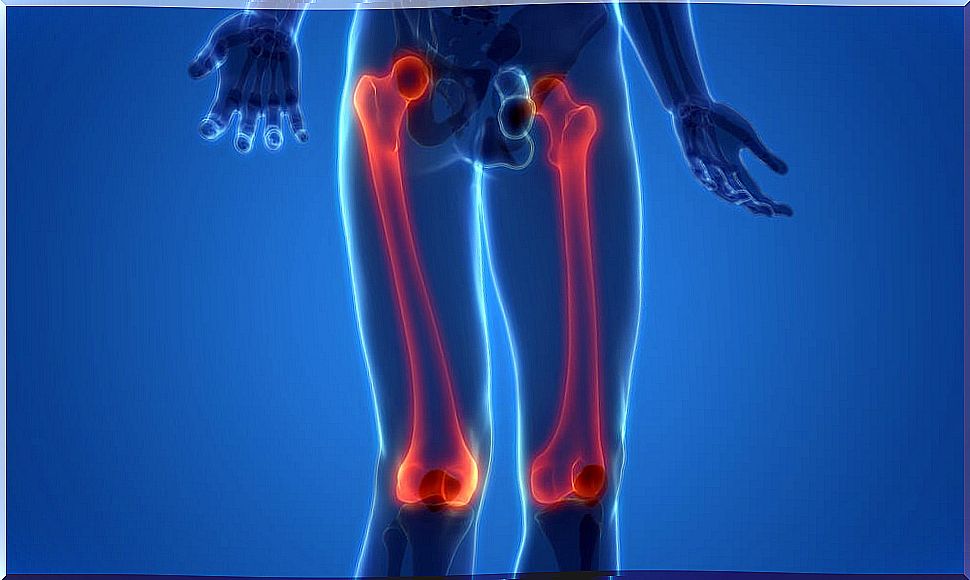Primary Bone Dysplasia: Everything You Need To Know
Primary bone dysplasia is a rare disease that consists of an alteration in the development of certain types of tissues of genetic origin. It mainly affects bone and cartilage tissue, although with different degrees and intensity. Other organs may also be affected.
It must be understood that it is a disease in the development of the skeleton, due to an intrinsic alteration in the formation and modeling of the bone. So all the bones of the skeleton will be affected, as mentioned above, with different intensity.
There are more than 200 types of dysplasias. The most frequent are those that produce dwarfism. These constitute one of the most important groups of diseases that, in the different childhood age ranges, require specialized pediatric professionals.
Primary bone dysplasia manifests during childhood and adolescence and generally stops its progression after puberty. The moment in which the disease develops influences its severity.
Bone dysplasias that appear early generally carry a more severe compromise. It is estimated that a quarter of them could be lethal in the early neonatal period.
The skeletal system in the human body

The human skeleton can be defined by understanding two basic concepts . These are the functioning of the bone as a tissue and the functioning of the bone as an organ. Bone as tissue is understood as a highly specialized tissue variant. Composed of very peculiar cells, it has great hardness due to the deposit of a complex mineral substance.
It is mainly composed of calcium, phosphate, carbonate and citrate. In addition, it is related to another connective tissue known as cartilage.
The concept of bone as an organ begins in the early stages of embryonic development. It contributes to the development and growth of the individual after going through different ossification mechanisms, to become bone tissue.
These two processes are the ones that are altered in primary bone dysplasia. It is essential to take both concepts into account in order to make a diagnosis of deviations from normality.
The methods to detect these deviations can be physical or chemical, but always with a foundation of data that must be explored.
Primary bone dysplasia as a genetic disease

Primary bone dysplasia, as mentioned above, is a disease of genetic origin. The cause of intimate bone disorder appears to be enzymatic.
It is important to note that an enzyme is a substance of biological origin, wide cellular distribution and chemical nature. Its function is to accelerate a chemical reaction by catalytic action.
When it comes to dysplasia, the alteration of a gene, the biochemical alteration and the alteration of bone development are factors dependent on each other.
As in all genetically based diseases, there are a series of common characteristics in bone dysplasia that also serve as a diagnosis. This set of characteristics present in the individual are inherited as independent units. Each one also preserves its particular nature from generation to generation.
It is important to mention a number of factors that influence the development of primary bone dysplasia. These factors are as follows:
- Weather. The earlier the primary bone dysplasia, and also depending on the type of gene, the more or fewer manifestations will occur.
- Amplification. Due to the fact that not all bones grow the same. An affectation of the humerus is not the same as the femur.
- Polarity. The distal or proximal ends of the bone do not grow equally.
- If it is related to physeal failures.
- If it is related to failure of ossification centers. In this case, in turn, it may be localized or multiple. That it is multiple is something much more frequent.
Diagnosis of primary bone dysplasia
The radiological study is essential to confirm the bone condition and try to approximate an accurate diagnosis. This process requires specialized professionals.
Currently, we have a confirmatory molecular study. It is the alterations of the FGFR3, COL2a1 and SHOX genes that give rise to the most frequent dysplasias. In recent years, greater diagnostic precision has been accompanied by greater therapeutic opportunities.
We have new supportive surgical techniques in cases of bone deformities. Likewise, there are less invasive lengthening techniques that have determined an improvement in the final height of the patient, as well as in their quality of life.









